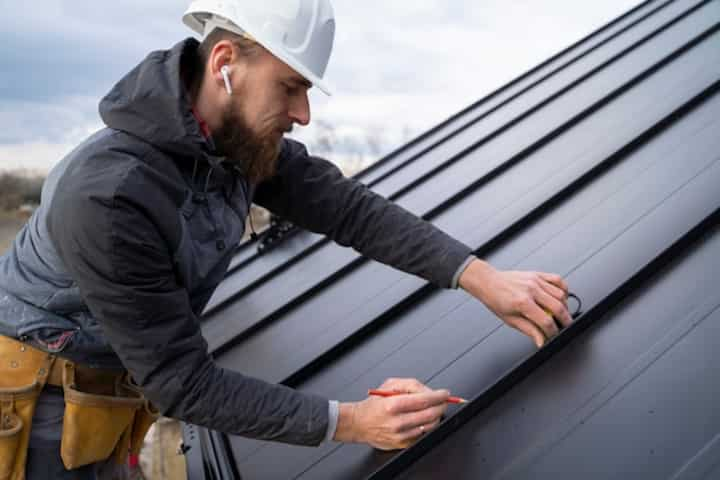
Ultimate Guide to Deck Roof Waterproofing Membranes
When it comes to enhancing the longevity and functionality of your deck, waterproofing is an essential consideration. Deck roof waterproofing membranes play a critical role in protecting your deck from water damage, which can lead to structural issues and costly repairs. Understanding the types of membranes available, their benefits, and the installation process can help you make informed decisions for your deck's maintenance and protection strategy.
Understanding Deck Roof Waterproofing Membranes
Waterproofing membranes are protective layers installed on deck surfaces to prevent water infiltration. These membranes act as a barrier, shielding the structure from moisture, rain, and other environmental factors.
Types of Waterproofing Membranes
There are several types of waterproofing membranes suitable for deck roofs. Each has unique properties and benefits:
- Liquid Applied Membranes: These are applied in liquid form and cure to create a seamless, flexible barrier. Ideal for complex shapes and contours.
- Sheet Membranes: Pre-fabricated sheets made from materials like rubber or bitumen. Known for their durability and ease of installation.
- Cementitious Membranes: Composed of cement-based compounds, these are often used for their durability and resistance to UV exposure.
- Bituminous Coatings: Made from bitumen, these coatings offer excellent adhesion and waterproofing capabilities, suitable for various surfaces.
Learn more in this detailed guide on the different types of waterproofing membranes.
Benefits of Deck Roof Waterproofing Membranes
Investing in a waterproofing membrane for your deck roof offers several advantages:
- Enhanced Durability: Protects against water damage, thereby extending the lifespan of the deck.
- Prevent Structural Damage: Stops water from seeping through and causing decay or corrosion.
- Improved Aesthetics: Maintains the visual appeal of the deck by preventing water stains and discoloration.
- Cost-Effective Maintenance: Reduces the need for frequent repairs and maintenance, saving costs in the long run.
Explore further insights here on the benefits of waterproofing membranes.
Installation Process
The installation of deck roof waterproofing membranes typically involves several key steps:
- Surface Preparation: Clean and dry the deck surface, ensuring it is free from debris and contaminants.
- Priming: Apply a primer to enhance adhesion between the membrane and the deck surface.
- Membrane Application: Depending on the type, either roll out sheets or apply the liquid membrane uniformly across the surface.
- Curing: Allow adequate time for the membrane to cure and form a solid, impenetrable barrier.
- Quality Check: Inspect the installation for any gaps or overlaps that may compromise waterproofing.
Find additional information here on the installation process.
Maintenance Tips
While waterproofing membranes are durable, regular maintenance is essential to ensure their effectiveness:
- Regular Inspections: Conduct periodic checks to spot any signs of wear or damage.
- Cleaning: Keep the membrane clean from leaves, dirt, and other debris to maintain its integrity.
- Timely Repairs: Address any issues such as punctures or tears immediately to prevent further damage.
Read more about this topic to keep your deck roof in top condition.
Conclusion
Deck roof waterproofing membranes are a vital component in protecting and preserving the structural integrity of your deck. By selecting the right type, ensuring proper installation, and conducting regular maintenance, you can safeguard your deck against water-related damage effectively. For those looking to delve deeper into waterproofing strategies, explore further insights here.